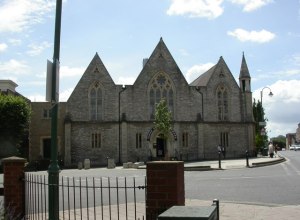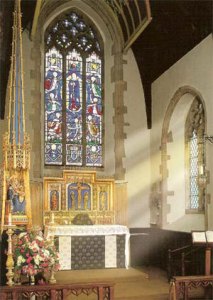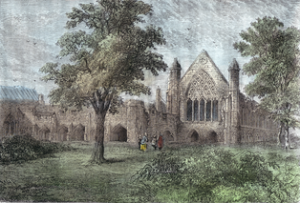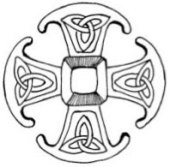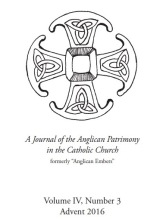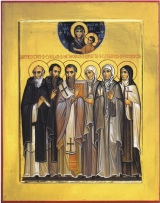When you have read this post, please go to the Anglicanorum Coetibus Society blog and add it to your favourites/bookmarks.
Now that the Anglicanorum Coetibus Society blog and the Society’s website are fully up and running, the regular update of this site is being suspended. You will find all the material you otherwise expected here (and much more!) on the new blog. This site will be maintained as an archive.
Already we have two authors on the new blog (Deborah Gyapong and myself, David Murphy) and we are in the process of recruiting many more, who will provide us with a rich variety of posts from multiple perspectives.
It may interest you to read some of the most impoortant parts of our blog policy:
- All ACS blog authors are members of the Anglicanorum Coetibus Society.
- Original articles, reblogged items and comment on the blog should deal with subjects which concern the Anglican patrimony, the Anglican tradition in the Catholic Church, the Ordinariates, the Pastoral Provision, ecumenism with Anglican churches, and related matters. We are not a forum for more general Catholic topics if they do not have an obvious Anglican connection.
- Blog posts should be supportive of the Ordinariates and Pastoral Provision communities and have a positive, constructive tenor. Criticism can be made wisely (and sparingly) but always with a constructive undertone.
- Readers’ comments will be enabled. These will however be vetted first and must comply with the above criteria before being approved. Comments will not be allowed to degenerate into an argument between commenters.
We hope you enjoy the new blog and encourage you to join the Anglicanorum Coetibus Society yourself and support our work to promote the Anglican patrimony in the Catholic Church. You will find a membership form on our website.

 By now you may have had a chance to read the first two issues of the journal of the Anglicanorum Coetibus Society, Shared Treasure. If not, they can both be accessed from this website: the link to the first issue can be found in the side bar at the right and the second issue was posted below on March 8th.
By now you may have had a chance to read the first two issues of the journal of the Anglicanorum Coetibus Society, Shared Treasure. If not, they can both be accessed from this website: the link to the first issue can be found in the side bar at the right and the second issue was posted below on March 8th. The branch of the Walsingham Association, based at Most Precious Blood Church at The Borough, London Bridge (
The branch of the Walsingham Association, based at Most Precious Blood Church at The Borough, London Bridge (
 That would be reason enough for me to express an opinion; but there is another reason I presume to write now. When Philip North trained for the ministry at St Stephen’s House, I was its Principal. In his year the academic achievements of that small college were outstanding. Of a handful of candidates who entered for degrees in Oxford University’s Honours School of Theology, four were awarded Firsts. One of them is Philip North. There are few Bishops, Anglican or Catholic, with a more impressive academic grounding. There are even fewer with Philip’s generous pastoral heart.
That would be reason enough for me to express an opinion; but there is another reason I presume to write now. When Philip North trained for the ministry at St Stephen’s House, I was its Principal. In his year the academic achievements of that small college were outstanding. Of a handful of candidates who entered for degrees in Oxford University’s Honours School of Theology, four were awarded Firsts. One of them is Philip North. There are few Bishops, Anglican or Catholic, with a more impressive academic grounding. There are even fewer with Philip’s generous pastoral heart.



